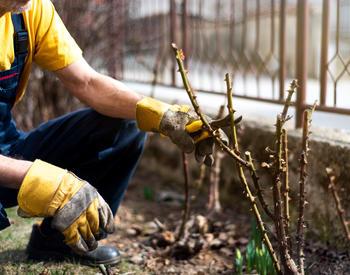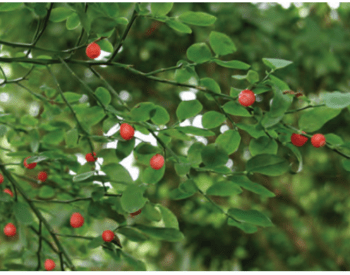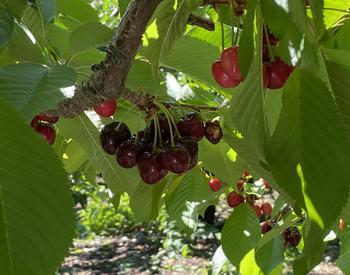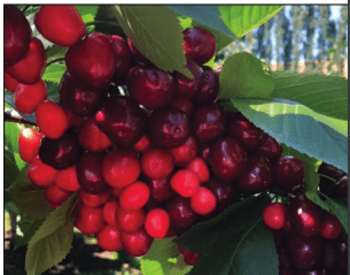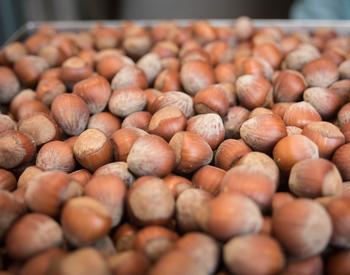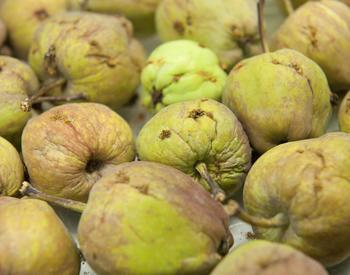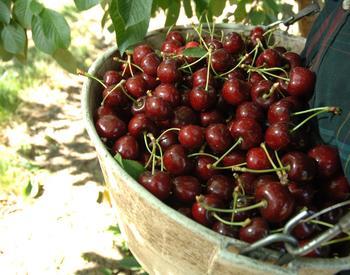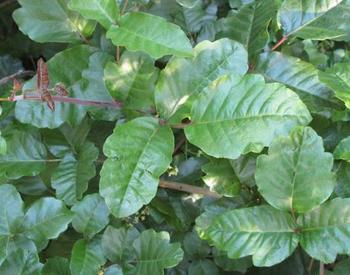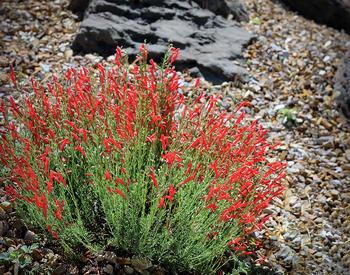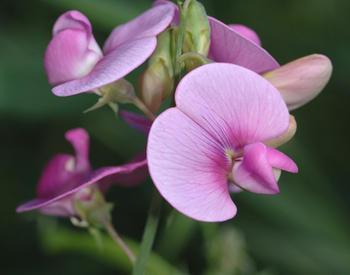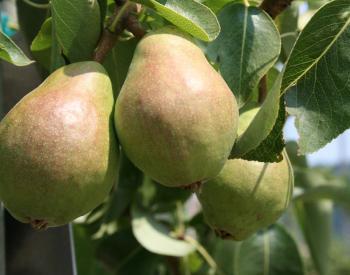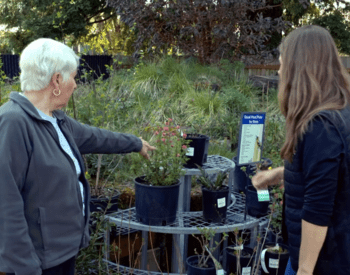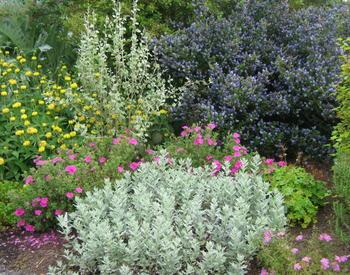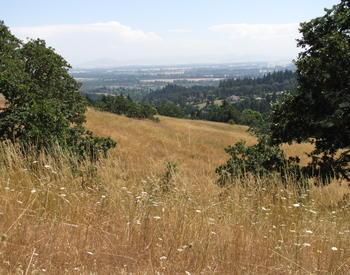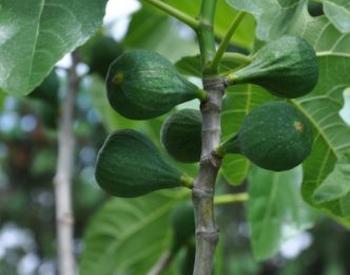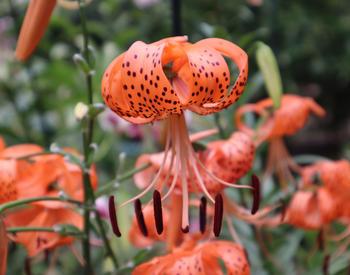CORVALLIS, Ore. – Are globs of bright orange goo attacking both your incense cedar and pear trees?
You could be dealing with a potentially devastating fungus known as Pacific coast pear rust.
"On cedar trees, it looks like someone threw orange marmalade all over the tree," said Jay Pscheidt, plant pathologist with the Oregon State University Extension Service. "It typically cycles from incense cedars to hosts in the rose family in early springtime, around the time that pears go through bud break."
The fungus, also known as Gymnosporangium libocedri, must reproduce using two hosts — making its life cycle unique, Pscheidt said.
Its life cycle begins on incense cedar, which is not initially infected with the disease but carries it for three years. Bright orange goo with a jelly-like texture weighs down branches and produces airborne spores that float to nearby pear trees. These spores infect fruit and sometimes even green shoots and leaves.
Then those spores float back to the cedar and infect it with the same fungus, but now called a different name — "cedar broom rust."
Pacific coast pear rust can thrive on any plant in the rose family. This includes the trees crabapple, hawthorn and mountain ash, as well as apple. It also includes the shrubs quince, serviceberry and wild roses.
Cedar rust can affect plants in western and southern Oregon. Since incense cedar is not widespread in the eastern and central parts of the state, it is not as much of a problem there.
"Wet weather is more favorable for rust diseases, and we saw a ton of it last year because it was so rainy in the spring," Pscheidt said. "So far this year it's a medium-level problem."
The rust is not harmful to humans, but it deforms fruit and reduces yield. Cedar trees and rosaceous plants with numerous infections can decline and may die. Symptoms are most obvious in May.
A gardener's best defense is to identify the rust's alternate hosts, then remove the species from nearby areas permanently, Pscheidt said.
Spores can survive on cedar for three years, while living only for one year on rosaceous plants. New spores attack rosaceous plants annually.
There are no pesticide products available for home use to control the disease on incense cedars, according to Pscheidt. Gardeners can spray the pesticide known as Immunox on flowering pears.
The Pacific Northwest Plant Disease Management Handbook offers guides to Pacific coast pear rust and incense cedar rust.
Use pesticides safely!
- Wear protective clothing and safety devices as recommended on the label. Bathe or shower after each use.
- Read the pesticide label—even if you’ve used the pesticide before. Follow closely the instructions on the label (and any other directions you have).
- Be cautious when you apply pesticides. Know your legal responsibility as a pesticide applicator. You may be liable for injury or damage resulting from pesticide use.


